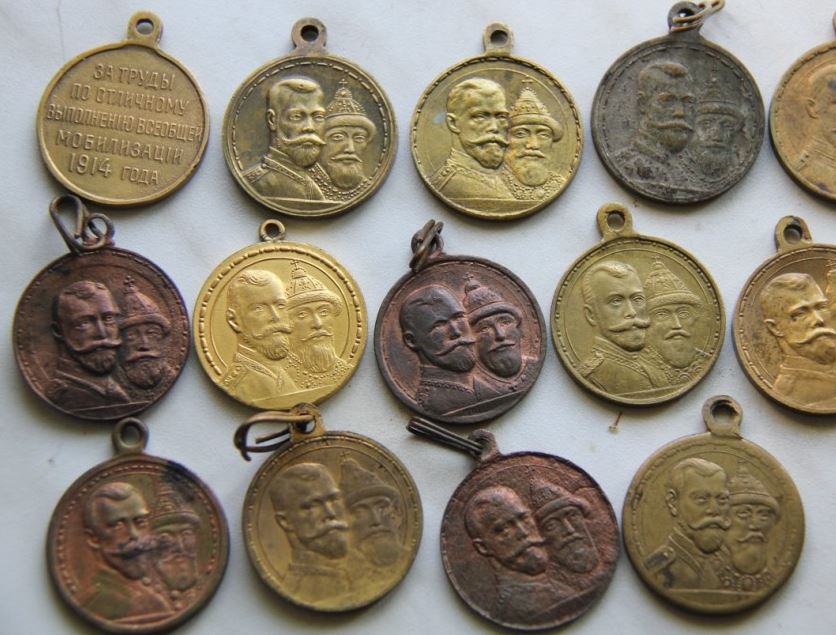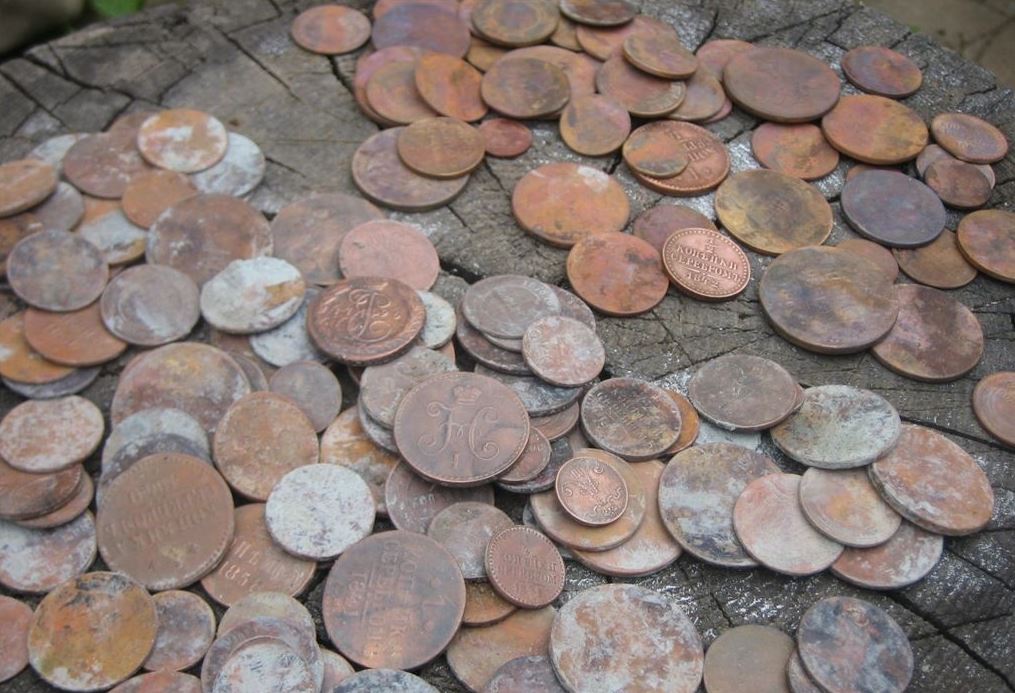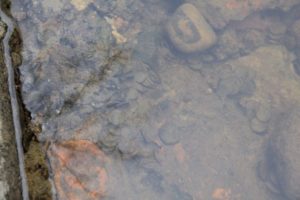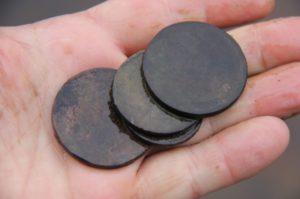Canals of St. Petersburg (photo finds+)
As life practice confirms, the extraction of treasured swag is possible in the most sophisticated places. Moreover, the more sophisticated the place, the greater the likelihood of being there first. While crowds of diggers comb farmland, some manage to dig in the very center of cities with a population of millions. An example of this — cop in the canals of St. Petersburg. It’s hellish work, but the result can amaze the imagination.
The technology is as simple as two or two. Use a large sieve; by the way, it’s easy to make yourself. Soil is loaded into it and washed. Stones and garbage are thrown away, interesting small things remain. No metal detector needed, no crime. Everyone around him thinks he’s a fool.
There are a lot of interesting stories related to St. Petersburg canals. In the 90s, on the Fontanka River near the Kalinkin Bridge, one comrade went down into the water (it was knee-deep), dug up the soil and, loading it onto a sieve, was stupefied… in just one session, he scooped up about 50 medals «300 years of the House of Romanov». Then off we go! In three days, the diligent digger produced more than 1,200 pieces of these medals from different manufacturers and in varying degrees of preservation! The find is phenomenal to say the least! Needless to say, I traded them for a whole year. The version of the origin of this miracle at the bottom of the Fontanka boils down to the fact that the new Bolshevik government decided to dispose of the royal awards in this way back in 1917, throwing them all into the river. Here is a photo of a selection of medals left as a souvenir for the lucky winner.

In the same 90s, another seeker threw a ladle on a stick to the bottom opposite the Exchange, on Vasilyevsky Island, and pulled out a handful of coins of Catherine II. The calculation was that in that place the coins were loaded onto ships and a bag or two could be dropped into the water. And indeed! Subsequent searches with a bucket proved this. Even more coins were recovered from the bottom, as well as hooks from those years. They probably tried to get the bags, but only tore them. Result — healthy bucket full of coins. There are no photographs, but respected St. Petersburg comrades assure that everything happened like that.
With the onset of cold weather they search directly from the ice. To do this, a hole is cut out in the busiest places. Thus, this handful of old Komsomol badges was raised.

They say that at one time they were digging the Petrovsky canals in Shlisselburg. They were drained during the renovation. And now, under the nags, there is black drywall with rivets, and you start digging — red kopecks of Alexander I as if from under a stamp. If you take it out into the air, after a minute they start to turn blue. There was a tradition of throwing coins from the ship when passing through the locks, hence the abundance.
Meanwhile, someone was working in the bay. Scoops from fan pipes collected several thousand coins, many of them from the empire, I attach a photo. Saving is pleasing to the eye!

The following finds were all made in Ekateringofka. This is a selection of fillings, the earliest being 1750. Since Peter the Great’s time there were warehouses there.

This is all for the past years. Now a little update for October 2016.
The Fontanka was deepened so that the bank slid and in some places the old cultural layer was exposed. Here a pile of three kilos of copper coins dating from the mid-19th century to the revolution was discovered. Not the find of the century, of course, but still nice! Photos are attached.




See more interesting finds below!
